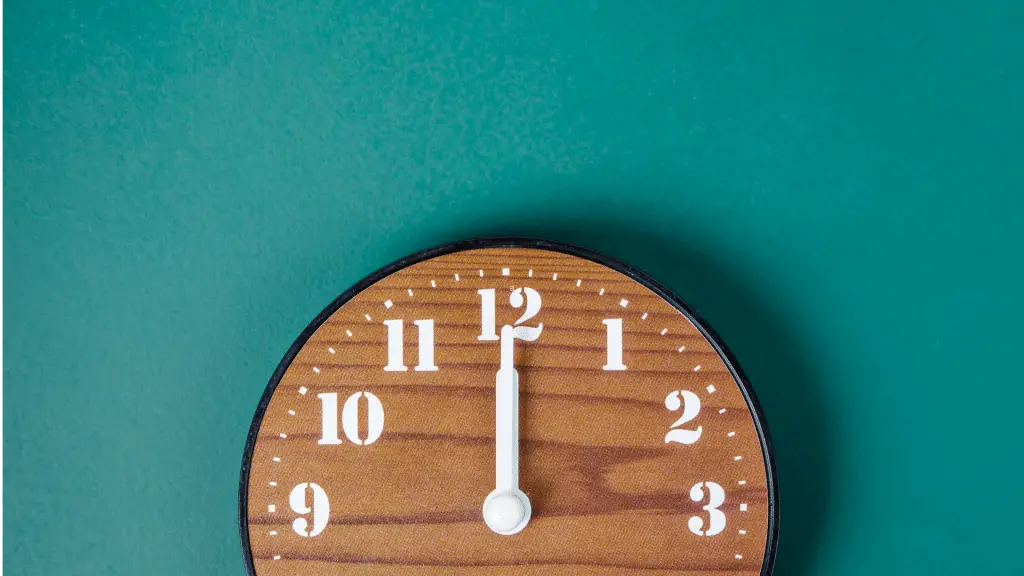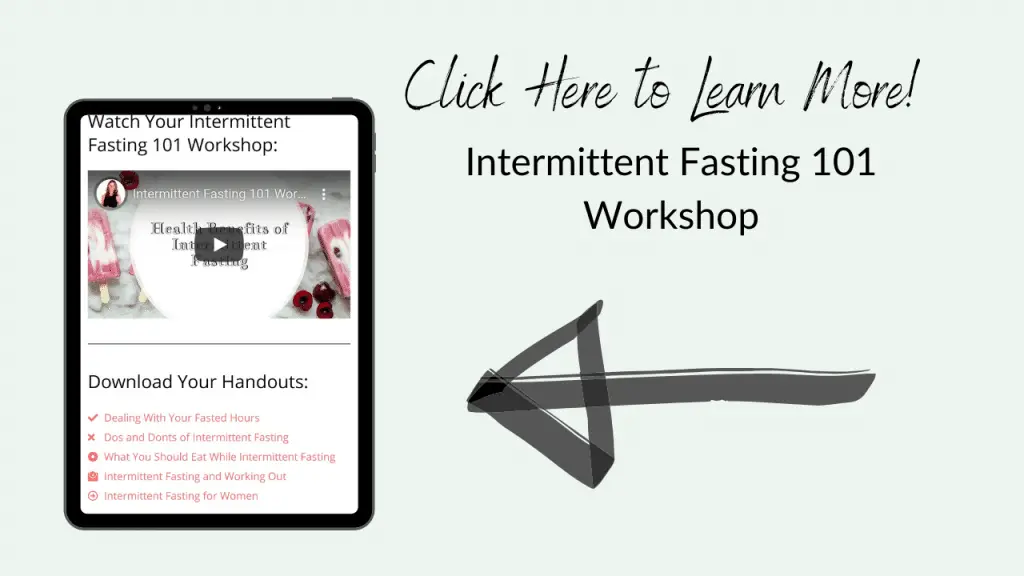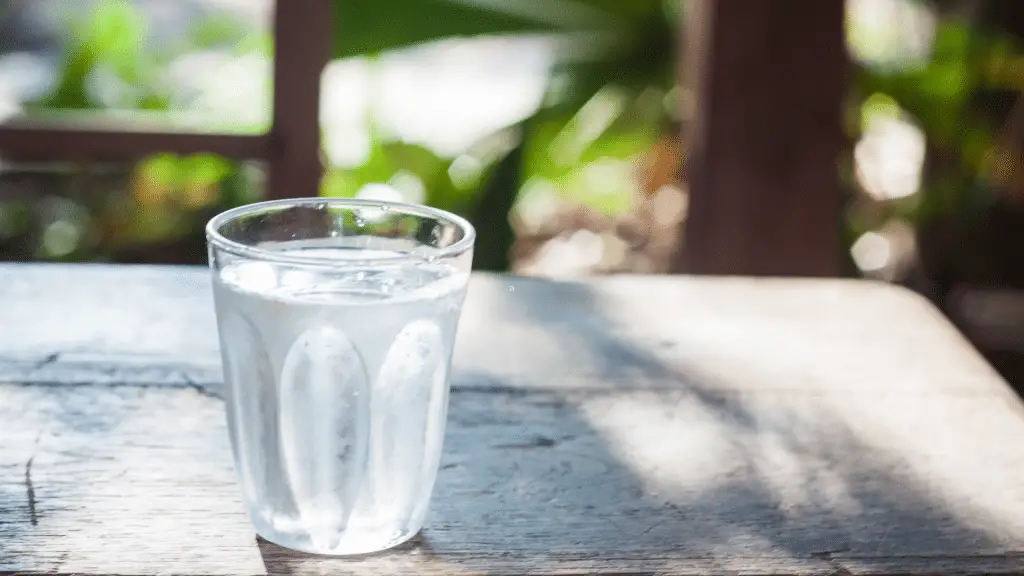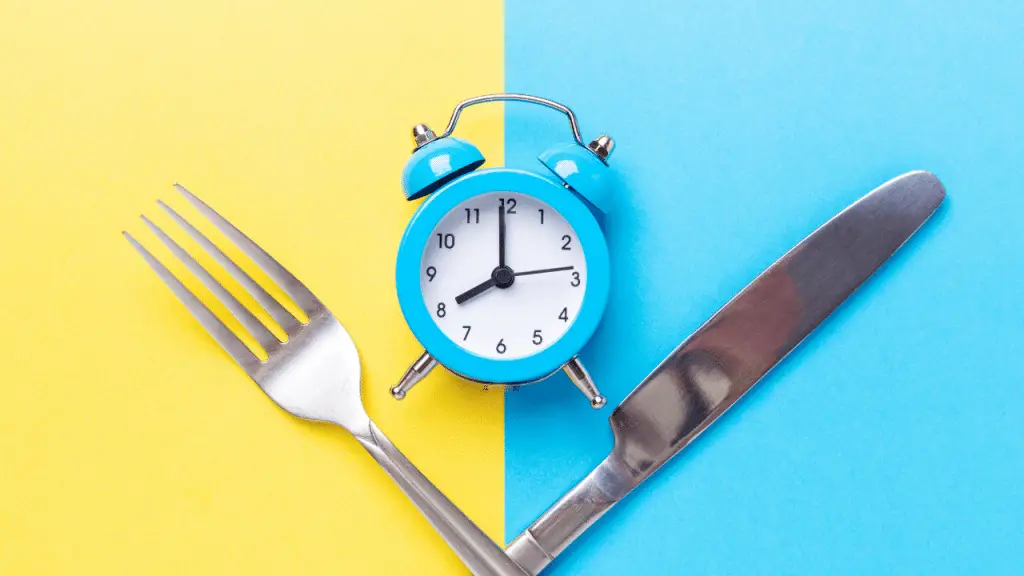Most women, particularly after 40, will benefit from longer, less frequent fasts to restore their hormonal balance and achieve optimal health. This post will teach you what happens during a 24-hour fast and how to use it to reach your health goals.
What Happens During a 24-Hour Fast
The optimal healing fasting window is 3 days (at 72 hours, you reset your immune system). Why? Because it takes at least 2-3 days for your body to clean out old immune cells and replace them with new ones. However, if you are anything like me, you may find the idea of not eating at all for 3 days a bit overwhelming. Fortunately, a 24-hour fast can also accomplish much for your body and is perfectly doable.
Benefits of a 24-Hour Fast
Here are some of the benefits you may get from a 24-hour fast:
- Weight loss
- Human Growth Hormone secretion
- Improved insulin sensitivity
- Cardiovascular Health
- Improved brain function
- Longevity
- Intestinal cell regeneration
- Metabolic flexibility
For more information about these benefits, read Top 8 Most Compelling Benefits of a 24-Hour Fast. The bottom line is that after about 12 hours, your body runs out of glucose and begins to use stored fat for energy. Fasting long enough to encourage energy switchover is key to your success regularly.

How Does a 24-Hour Fast Compare to Other Intermittent Fasting Methods?
When it comes to fast loss, Alternate Day Fasting yields the most results according to the study Effects of intermittent fasting on body composition and clinical health markers in humans. The issue with Alternate Day Fasting is that it creates the highest sustained calorie deficit, which means that your body will get used to it over a long period. If you use this method to lose weight, you will regain the weight and more if you return to your normal eating style. Of course, if you lose weight using intermittent fasting, you must keep intermittent fasting, not regain the weight, no matter what method you pick. The issue with Alternate Day Fasting is that it will be challenging to maintain long-term.
On the other hand, 24-hour fasts, or Whole Day Fasts as they call them in the Study, were up next for the best results. Maintaining only one or two 24-hour fasts weekly is very sustainable in the long term. Whenever you pick your intermittent fasting method, consider whether you want to keep it up long-term.
Ketosis Without the Keto Diet
After fasting for about 18 hours, most women will notice that their energy level is high and their hunger doesn’t seem to bother them. They don’t feel “hangry.” When this happens, you have achieved an optimal level of ketosis without counting macros and while eating all the foods you enjoy most. If you track your ketones with a ketone monitor, you will likely notice the switch in how you feel when your ketones are at around 1 mmol/L.
I used the Keto Mojo to measure my ketones. Get a 15 percent discount with my affiliate link.

How to Know If a 24-Hour Fast Is Right for You
Many women start with a daily 16-hour fast. There is nothing wrong with it if you get the desired results. The issue for some of us is that 16 hours is not long enough to maintain ketosis for any length of time. It will significantly limit how good you feel. For example, since I was no longer trying to lose weight, I slowly gravitated toward a 16-hour fasting window. I found that the quality of my sleep started to suffer as a consequence. Then, I started doing only one 24-hour fast a week. And suddenly, I was sleeping well again!
General guidelines: if it works, don’t change it! If you are not feeling amazing, experiment and find your optimal fasting window.
How to Do a 24-Hour Fast
The frequency of your 24-hour fast will depend on whether you want to lose weight or do any other types of fasting. The beverages you will allow yourself to consume during your fast will also vary slightly depending on your goals.

How Often to do a 24-Hour Fast
How often should you do a 24-hour fast? It depends. Are you intermittent fasting on other days? Do you want to lose weight? If you want to lose weight and are not intermittent fasting the other days (by that, I mean your eating window is about 12 hours or more on the other days), 2-3 times a week would be a good goal.
When I started experimenting with intermittent fasting, fasting for 24 hours felt more difficult than it is now. I would do a 24-fast only once or twice a week and would not lose weight. That’s why I gradually evolved towards the warrior diet (a 20-hour fast five days a week). That allowed me to lose weight and not feel like I was torturing myself on my fasting days. Now, I don’t need to lose weight and practice more fasting. I enjoy fasting for 24 hours weekly because of the incredible health benefits.
If you would like to know more about how to use fasting to reach your health goals, check out my Intermittent Fasting 101 Workshop:

Allowed Liquids During Your 24-Hour Fast
We can’t discuss fasting without discussing the difference between “clean” and “dirty” fasting. Technically, the moment you consume calories, you break your fast. However, some types of calories may support your fasting goals.
Clean Fasting
If you want to stick to clean fasting, here’s what you can consume:
- Black coffee (only 2 calories a cup): Coffee may even induce autophagy!
- Green, oolong, and black tea (2 calories a cup): Contain calorie restriction mimetics, which induce autophagy.
- Most herbal teas: Make sure they don’t contain additives and fruit.
- Apple cider vinegar (3 calories in 1 Tbsp)
- Stevia: May lower blood sugar and improve metabolic health.
- Carbonated water: Flavored is fine; ensure no other additives exist.
- Lemon juice
Dirty Fasting
On the other hand, if you are “dirty fasting,” you can consume fats in your teas and coffees such as cream, coconut milk, butter, coconut oil, and MCT oil. These will not interfere with achieving ketosis. For more information, read How Dirty Fasting Can Help or Hinder Your Weight Loss Progress.
How to Break a 24-Hour Fast
How to break a fast is a question that many newbies ask. The main thing you need to know is this: unless you find that how you break your fast for 3 days or more is not a big deal. You don’t need to obsess over what to eat when you break and over questions like these:
- What should I put in my salad when I break my fast?
- How long after I break my fast with coconut oil can I eat?
- Can I break my fast with scrambled eggs and bread?
- Are almonds a good way to break my fast?
- What about oatmeal with agave with almond milk and an egg with veggies? Is that ok???
- Bananas aren’t full of fructose?
- Can I break my fasting with egg whites?
Eat what you want, as long as it’s wholesome and doesn’t give you stomach aches—as always, listening to your body is key.
24-Hour Fast Video
In Summary
After gaining enough intermittent fasting practice to become metabolically flexible, regular 24-hour fasts are one of the best tools to reach your weight loss goals and maintain your overall health. They are long enough to benefit from deeper healing and ketosis while not too long to feel overwhelmed. Give it a try!

\




